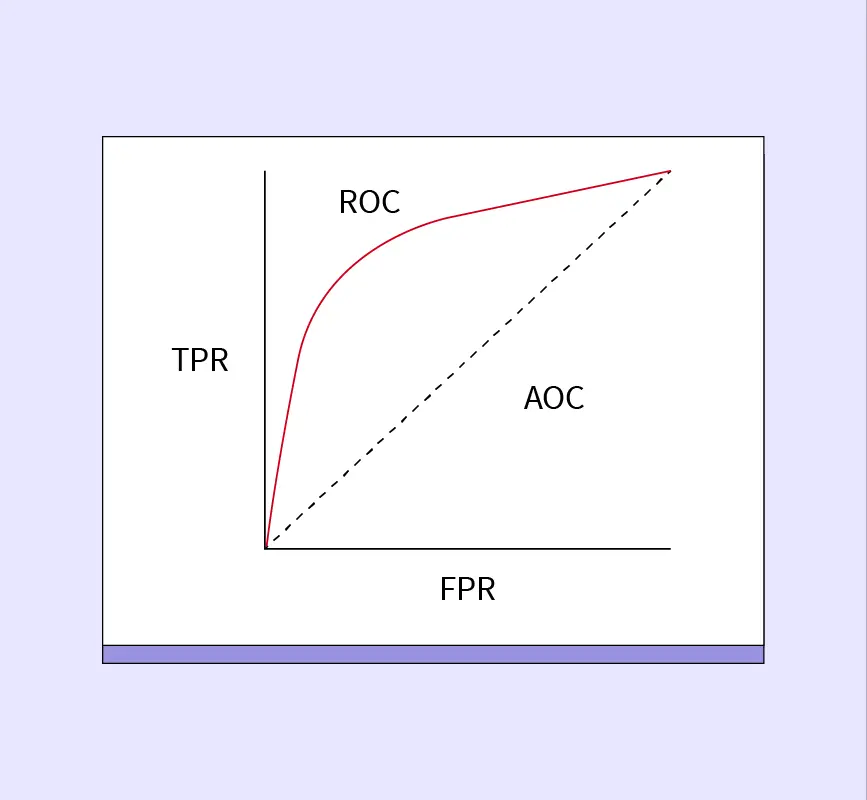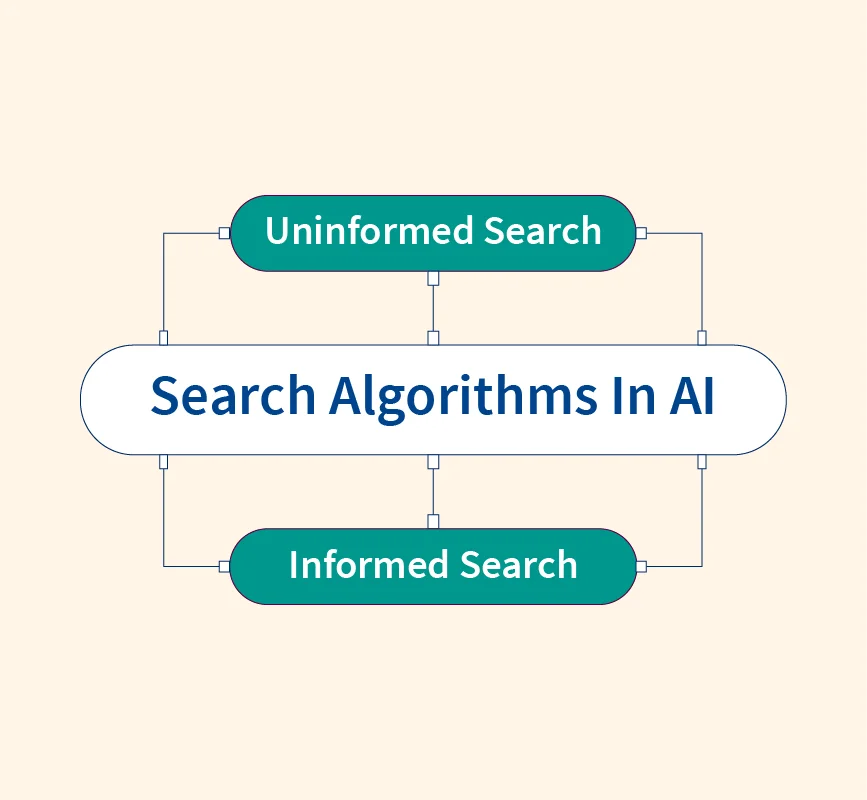A Bayesian Belief Network (BBN) is a type of probabilistic graphical model that represents a set of variables and their conditional dependencies through a directed acyclic graph (DAG). These networks are powerful tools for reasoning under uncertainty and are widely used in artificial intelligence (AI) applications.
BBNs are built using Bayes’ theorem, which allows the model to update probabilities dynamically when new evidence is introduced. This makes them essential for decision-making processes in fields like healthcare, finance, and robotics, where conditions are uncertain or incomplete.
The modularity and flexibility of BBNs allow them to model complex real-world relationships, combining expert knowledge with observed data. By accurately encoding dependencies among variables, BBNs improve the efficiency of predictive modeling and probabilistic inference. In this article, we will explore the structure, functionality, applications, and challenges associated with BBNs.
Joint Probability Distribution
A joint probability distribution defines the likelihood of multiple events occurring together. For a set of variables, it provides the probability of every possible combination of outcomes. This is essential for understanding how different variables interact and influence each other. However, computing joint probabilities directly becomes challenging as the number of variables increases, resulting in an exponential increase in combinations.
In Bayesian Belief Networks (BBNs), joint probability distributions are modeled more efficiently by leveraging conditional independencies. Instead of calculating the probability of all possible combinations, BBNs decompose the joint probability into smaller, manageable components. Each node in the network represents a random variable, and the directed edges between nodes signify dependencies.
The joint probability of the entire network is expressed as the product of the local conditional probabilities of each variable, given its parent variables. This decomposition reduces the computational burden significantly. Mathematically, the joint probability distribution in a BBN with variables $X_1, X_2, …, X_n$ is:
$$P(X_1, X_2, …, X_n) = \prod_{i=1}^{n} P(X_i | \text{Parents}(X_i))$$
Example
Consider a simple BBN with three variables: Rain (R), Sprinkler (S), and Wet Grass (W). The network encodes the following relationships:
- The sprinkler depends on whether it rains: $P(S | R)$
- The grass being wet depends on both the sprinkler and rain: $P(W | R, S)$
The joint probability of these events is:
$$P(R, S, W) = P(R) \times P(S | R) \times P(W | R, S)$$
This efficient representation helps the BBN model complex scenarios while maintaining computational feasibility.
Structure of a Bayesian Belief Network
A Bayesian Belief Network (BBN) is represented as a directed acyclic graph (DAG), where each node corresponds to a random variable, and directed edges indicate the dependencies between variables. The variables can represent real-world entities such as symptoms, weather conditions, or financial factors, with each node capturing the probability distribution for the corresponding variable.
The edges in the network define conditional dependencies, showing how the state of one variable influences another. For instance, if one node represents “Rain” and another represents “Wet Grass,” a directed edge from “Rain” to “Wet Grass” indicates that the grass being wet depends on whether it rained.
Relationships between nodes are established by identifying causal dependencies or statistical correlations between variables. Each node in the network has an associated Conditional Probability Table (CPT), which stores the probability of the variable’s states given the states of its parent nodes. Nodes without parents are assigned prior probabilities, while child nodes rely on their parent nodes’ outcomes.
This structure ensures that the network efficiently represents joint probability distributions by breaking them down into smaller components. The absence of cycles ensures that the network can propagate probabilities without loops, maintaining consistency. BBNs offer a scalable way to model dependencies and reason under uncertainty in complex systems.
Explanation of Bayesian Network
A Bayesian Belief Network (BBN) uses Bayes’ theorem to model relationships between variables and compute prior and posterior probabilities. A prior probability is the initial belief about the occurrence of an event, while a posterior probability is the updated probability after observing new evidence. This dynamic updating capability makes BBNs effective for reasoning under uncertainty.
Each node in the network contains a Conditional Probability Table (CPT), which defines the probability distribution of the variable given the states of its parent nodes. For example, if a node represents “Wet Grass” and has two parent nodes—”Rain” and “Sprinkler”—the CPT will store the probabilities of the grass being wet for all combinations of rain and sprinkler conditions.
Example
Consider a BBN with three nodes:
- Rain (R): Whether it rains or not.
- Sprinkler (S): Whether the sprinkler is turned on, depending on rain.
- Wet Grass (W): The grass being wet, influenced by both rain and sprinkler use.
The CPTs for each node might look like this:
- P(S | R): Probability of the sprinkler being on given rain.
- P(W | R, S): Probability of the grass being wet given rain and sprinkler conditions.
If the BBN observes that the grass is wet (W = True), it updates the posterior probabilities for both Rain and Sprinkler. For example, if the evidence suggests it rained, the network assigns a higher probability to Rain = True and adjusts other probabilities accordingly.
This flow of probabilities allows BBNs to infer likely causes based on observed effects, making them invaluable in predictive modeling and diagnostics.
Applications of Bayesian Belief Networks
Medical Diagnosis
Bayesian Belief Networks (BBNs) are widely used in medical diagnosis to model relationships between symptoms, diseases, and risk factors. By combining expert knowledge with patient data, BBNs help doctors predict the likelihood of diseases and suggest optimal treatments. For example, a BBN can estimate the probability of a heart attack based on factors like chest pain, age, and blood pressure. As new symptoms are observed, the network dynamically updates probabilities to improve diagnostic accuracy.
Risk Assessment and Decision-Making
In finance and insurance, BBNs assist in assessing risks by modeling dependencies among factors such as market volatility, economic indicators, and credit scores. For example, insurance companies use BBNs to estimate the probability of policy claims based on customer behavior and risk profiles. These networks also play a role in investment strategies, helping organizations make data-driven decisions under uncertainty.
Machine Learning and Data Mining
BBNs are valuable tools in machine learning and data mining for discovering hidden patterns within datasets. They are used to predict outcomes, such as fraud detection in banking, by analyzing dependencies between variables. In data mining, BBNs help uncover relationships between features, enabling more effective predictive models. Their ability to learn from both historical data and expert input makes them essential in fields where decisions depend on complex, uncertain systems.
Advantages of Bayesian Belief Networks
1. Handling Uncertainty
Bayesian Belief Networks (BBNs) excel in handling uncertainty by updating probabilities dynamically when new evidence becomes available. This makes them effective in scenarios where data is incomplete, noisy, or constantly changing.
2. Flexibility and Scalability
BBNs offer flexibility by modeling complex dependencies among variables, making them suitable for real-world applications like medical diagnosis and financial forecasting. Although challenging, their modular design allows them to scale to larger networks through incremental updates.
3. Incorporating Expert Knowledge
A key advantage of BBNs is their ability to integrate expert knowledge with data-driven models. This feature is particularly valuable in fields like healthcare, where expert input enhances the accuracy and relevance of predictions. BBNs strike a balance between empirical data and domain expertise, ensuring reliable decision-making in uncertain conditions.
Challenges and Limitations
1. Computational Complexity
BBNs become computationally expensive as the number of variables and dependencies increases. Calculating probabilities for large networks with multiple nodes and dependencies requires significant resources.
2. Scaling Issues
While BBNs are flexible, scaling to very large networks introduces challenges. As the network grows, managing dependencies and maintaining accurate conditional probability tables (CPTs) becomes more difficult, impacting model performance.
3. Defining Accurate Priors
Assigning accurate prior probabilities is crucial for the network’s reliability. However, it can be challenging, especially in situations with limited historical data. Incorrect priors may lead to biased outcomes, reducing the effectiveness of the model. Refining priors requires expert input, but even experts may struggle to provide accurate estimates in complex domains.
Conclusion
Bayesian Belief Networks (BBNs) play a vital role in artificial intelligence by enabling decision-making under uncertainty through probabilistic reasoning. Their ability to model complex dependencies and update probabilities in real-time makes them essential tools in fields like healthcare, finance, and machine learning. BBNs bridge the gap between expert knowledge and data-driven insights, enhancing predictive accuracy. As AI continues to evolve, advancements in computational power and algorithms will further enhance the scalability and efficiency of BBNs. These developments will unlock new possibilities, solidifying BBNs as an integral part of future AI systems and intelligent decision-making frameworks.
References:


